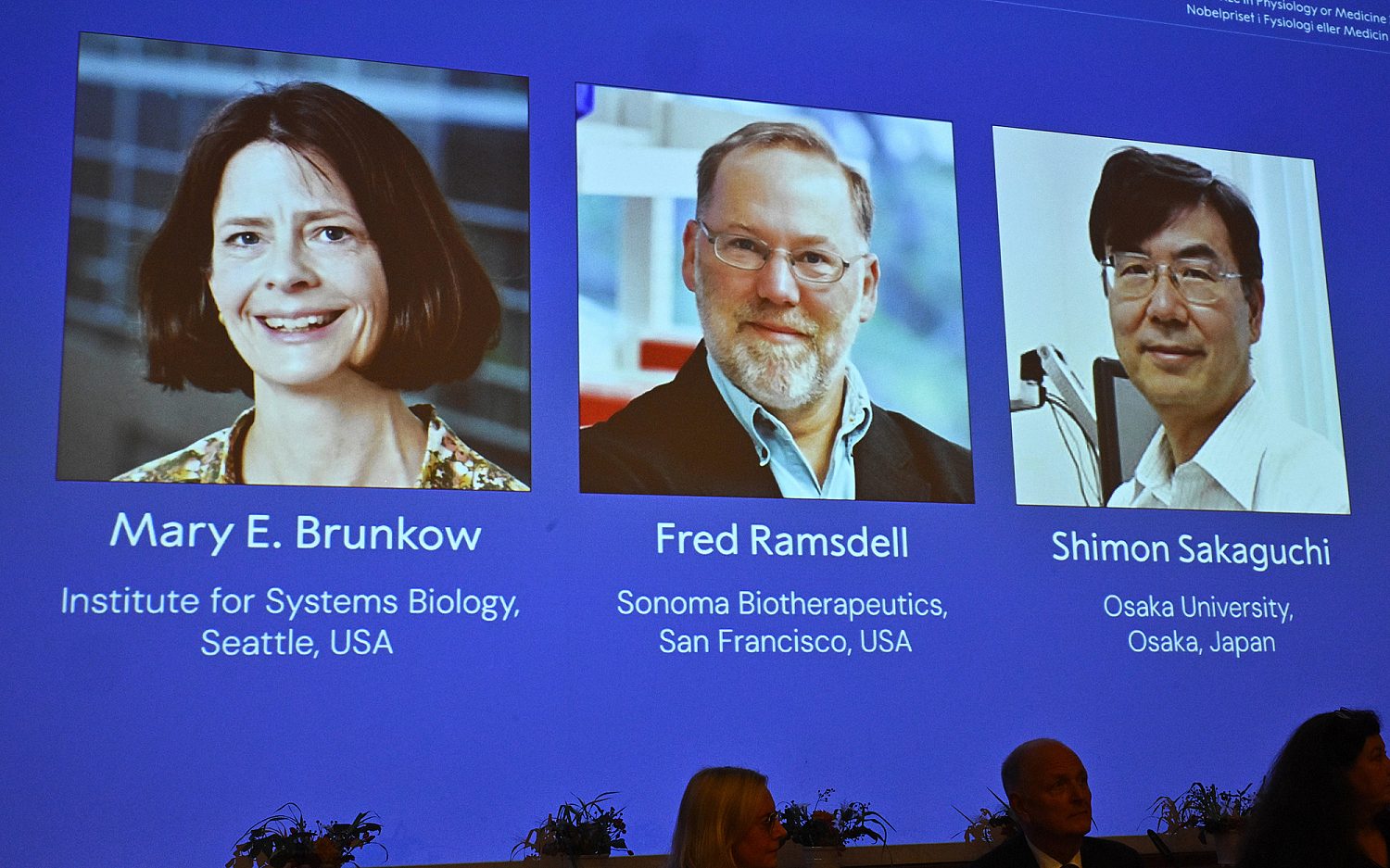Recent brain studies provide more evidence of an intelligent designer
Two recent studies about neurons in the brain highlight the complexity of humans’ ability to think and react to their environment and provide further evidence of divine design, despite researchers’ efforts to explain it away.
In the first study, a group of scientists at the Max Planck Institute (MPI), and Rockefeller and Duke universities tested brain tissue from the visual cortex to see if randomly connected networks explain how the brain processes visual stimuli. They expected to find structures that resembled cable spaghetti. Instead, they found a “self organized,” library-like structure for sending information. In the second study, research at Brown University identified proteins that control neuron growth in a highly organized pattern.
According to the MPI research, densely interconnected nerve cells in the brain form a seemingly impenetrable meshwork. The eye’s retina uses several million nerve cells to send information to more than 100 million cells in the visual cortex.
“In this brain area, various features as spatial orientation, color, and size of visual stimuli are processed and represented” much like a library, in which books are spread to different shelves not only alphabetically sorted by author, but also by title and genre, the researchers explained.
While scientists concede the possibility that randomness may play a role in early brain development, the brain rewires itself through visual experience, leaving little of the original wiring.
“Our study shows that self-organization of neuronal circuits in the brain is the most plausible theory for the detailed structure of circuits in the visual system,” claimed Wolfgang Keil, who works at Rockefeller University.
But the intelligent design proponents at Discovery Institute reject the idea of neuron cells “self-organizing” and question how they could evolve within a Darwinian process.
“If you were a neuron operating in the dark inside brain tissue, you would only sense chemical signals coming and going,” noted the editors of Discovery’s Evolution News and Views. “How would neurons ever ‘know’ how to ‘self-organize’ in such a way that their representations of incoming signals would form a 576-megapixel motion picture that corresponds to the external world?”
While “self organizing" may be a little like calling it magic, the research team at Brown University has unveiled “a wonder of nature” that could “unravel the complexity of how neural connections form and help understand diseases that result from errant brain wiring.” Neurons in the brain and spinal cord know exactly where to extend to form the proper connections, amid billions of similar cells. Without that capability, humans would be unable to “move, sense, or think properly, if at all.”
The Brown University research team, led by neuroscientist Alexander Jaworski, has discovered a suite of proteins that work together as a neuron guidance control system. As neurons grow their axons across the spinal cord midline, they stay away from prohibited areas and ignore prohibitions meant for other neurons.
“[This is] one of those occasions in biology (not rare) when the term intelligent design, despite other merits, falls flat as a description. This is super-intelligent ultra-design,” exults the editor of Evolution News and Views.
An actual newsletter worth subscribing to instead of just a collection of links. —Adam
Sign up to receive The Sift email newsletter each weekday morning for the latest headlines from WORLD’s breaking news team.




Please wait while we load the latest comments...
Comments
Please register, subscribe, or log in to comment on this article.